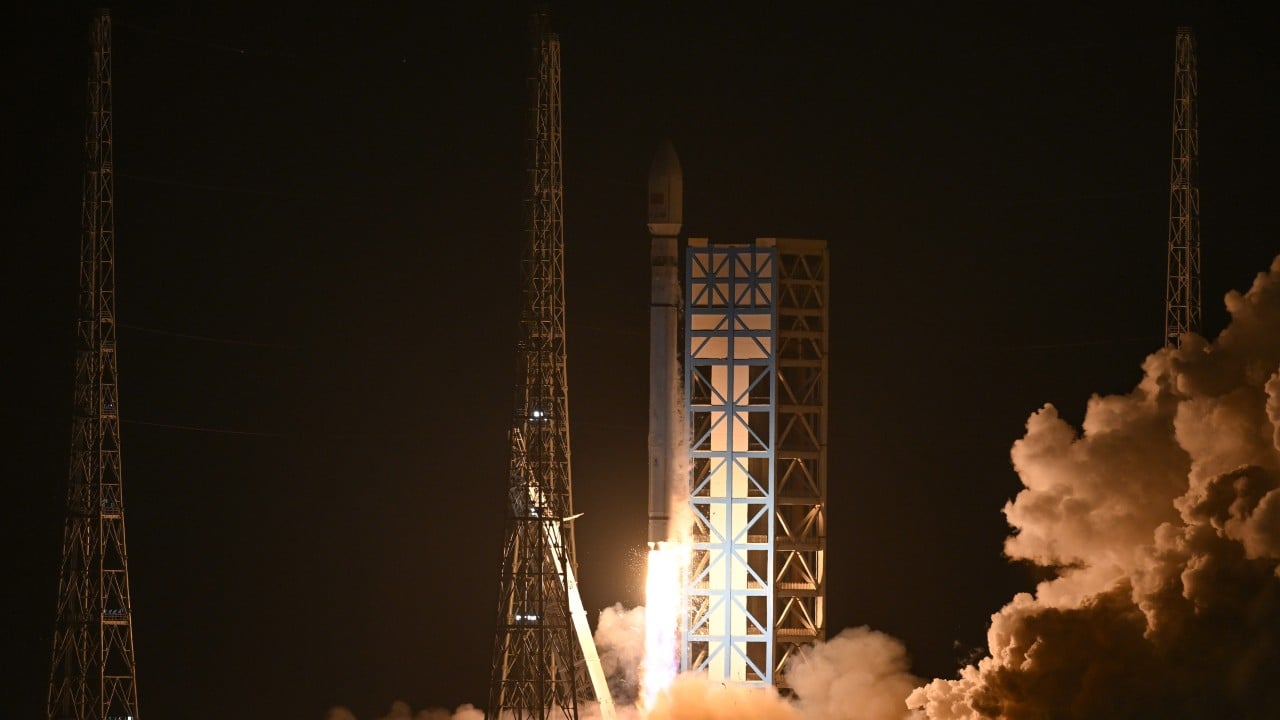Published: 1:04am, 1 Dec 2024Updated: 3:20am, 1 Dec 2024
China successfully launched its newest rocket on Saturday, making another step towards stronger launch capabilities and a crewed moon landing before 2030.
Advertisement
The 62-metre-tall, 3.8-metre-wide Long March 12 lifted off from Wenchang spaceport on south China’s Hainan island at 10:25pm Beijing time, sending two “technology test satellites” into orbit, according to the China Aerospace Science and Technology Corporation (CASC), the country’s main space contractor.
CASC did not provide more detail about the satellites.
The two-stage rocket, powered by burning kerosene and liquid oxygen, is notable as the first 3.8-metre-wide rocket launched so far by China, said Wu Jialin, an engineer with the Shanghai Academy of Spaceflight Technology under CASC, which developed the spacecraft.
Most Chinese rockets have a diameter of 3.35 meters, Wu told a press conference on site shortly after the launch was announced successful. “A wider body means the rocket can hold about 30 per cent more propellant, giving it much enhanced carrying capacity,” he said.
Advertisement
Long March 12 can deliver about 12 tonnes of payload to low Earth orbit and over 6 tonnes to a so-called sun-synchronous orbit, Wu said. It will join existing rockets to help China assemble its broadband “megaconstellations”.
The planned megaconstellations, called Qianfan and Guowang, each aim to launch more than 13,000 satellites to provide internet services to remote areas and rival SpaceX’s Starlink in the international market.

